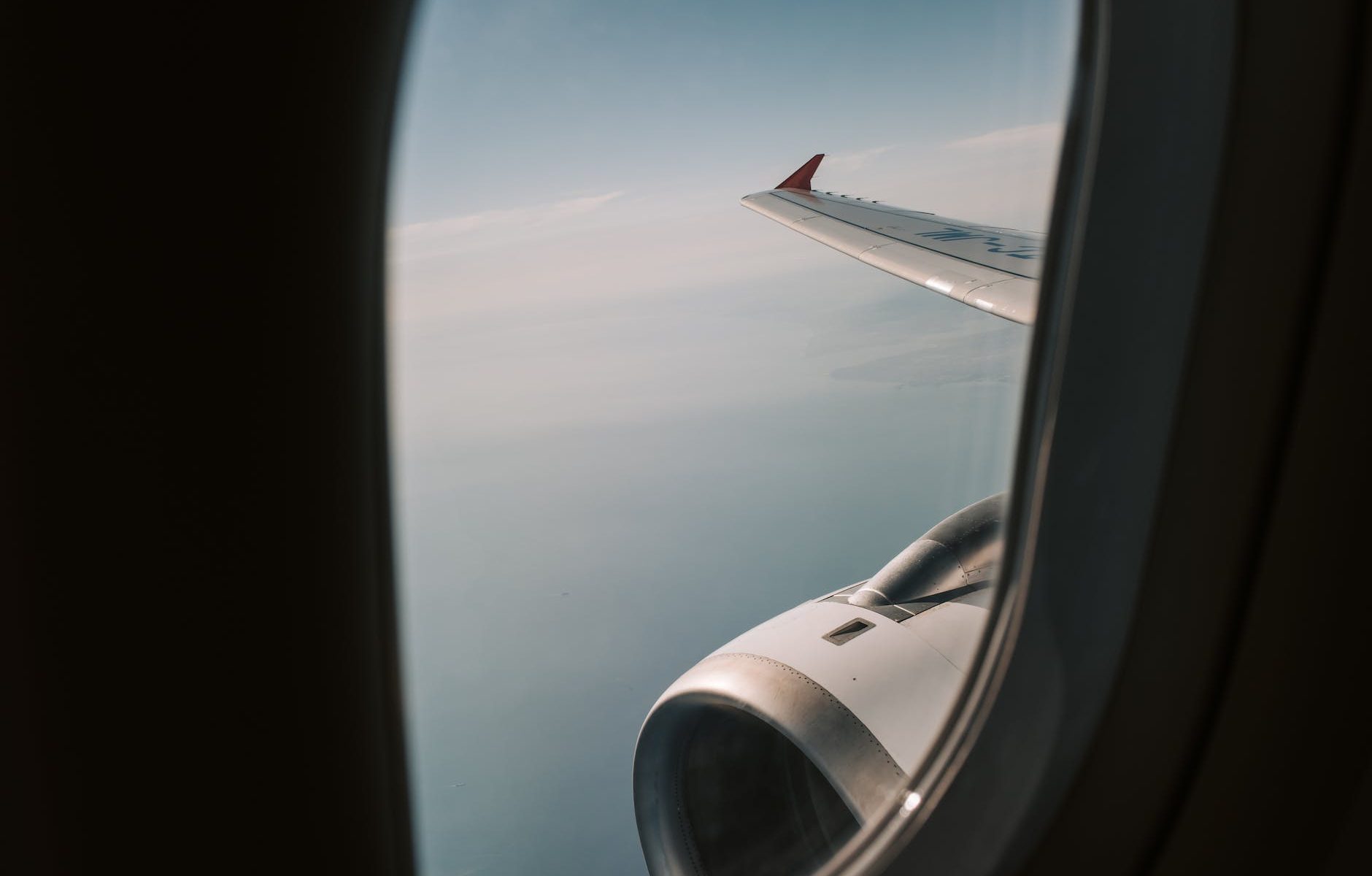I recently had cause to take a trip from Vancouver to Beijing and I thought I would relate a little regarding the experience in relation to customer master data management.
As I embarked on my much-anticipated journey abroad, little did I know that I was about to experience the perfect confluence of personalized service and seamless air travel, all thanks to what I believe to be a well-managed customer master data management (CMDM) platform.
From the moment I booked my ticket to the time I arrived back home, every step of my journey was enhanced through insights about me, my preferences, and desired choices. It was an extraordinary experience that left me feeling valued as a customer and redefined the meaning of personalized travel in an industry that has many ups and downs and is still desperately trying to recover from the effects of the COVID pandemic.
As soon as I made my reservation, the customer management and travel platform appeared to spring into action, utilizing the vast database of information to understand me as an individual. It took into account my previous travel history, preferred seat selection, dietary restrictions, and even my inclination towards window views. You might not think that is much, but you would be surprised how many airlines don’t run loyalty schemes or choose not forge and maintain a meaningful customer relationship.
The platform harnessed this knowledge to offer tailored suggestions and recommendations, ensuring that my journey would be as comfortable and enjoyable as possible. One aspect that particularly impressed me was the timely notifications I received about my upcoming flight, admittedly, more tied to the transaction than me personally, but the email was courteous and personalized.
The platform leveraged my communication preferences, sending me alerts via email and SMS, keeping me informed about any changes or updates regarding my departure time, gate number, and baggage allowances. This level of attention to detail saved me from unnecessary stress and allowed me to plan my trip with ease. You’d be surprised how variable the luggage allowances are depending on the carrier, the equipment and the nature of your ticket.
As the departure day approached, the platform then presented me with the option of checking in online. It remembered my seating preferences, making the process seamless and hassle-free. Moreover, it provided a comprehensive overview of the flight amenities and entertainment options available on board, enabling me to make informed decisions about my in-flight experience for anything I might consider prepayment for, or anything I might choose to make personal arrangements around (like binge watching my favorite TV series).
It was evident that through the power of data, the architects of my travel experience had mastered the art of leverage data appropriately for personalizing my experience, leaving no stone upturned in catering to my anticipated needs and particular desires.
Upon arriving at the airport, I was pleasantly surprised to find that the platform had already facilitated a smooth process for checking my baggage. Utilizing the information it had collected, it ensured that the baggage check and drop-off was efficient and streamlined, minimizing waiting times and ensuring a stress-free start to my journey.
Once on board, I was greeted by a warm and attentive cabin crew, who seemed to anticipate my every need, referencing me by name and my associated with the airline. Exceptional service was made possible by a combination of the data within the platform, the associative attention to detail of the purser and the general attitude of the airline toward superior customer service. When you have the customer data at hand you can equip your staff with invaluable insights about you as a passenger.
As I mentioned, they addressed me by name to offering me my preferred beverage without me having to request it, the level of personalization was nothing short of astounding and almost make one feel part of an inner circle. Customer data management platforms like the Pretectum CMDM empowers the reception and cabin safety crew to provide a customized experience that feels genuine and thoughtful.
The journey itself was delightful, with every detail tailored to my liking during the course of the long-haul flight (would that my domestic flight had been as pleasant). In-flight entertainment seemed to have a relationship with my profile and past travel and suggested movies and shows based on my previous selections, while the meal options presented to me were precisely aligned with my dietary preferences and selections. Cabin crew attentiveness throughout the flight only reinforced the notion that this experience was designed with my satisfaction in mind.
A CMDM platform has one purpose, to provide your organization with the best possible customer data to achieve personalization and reduce the cost of maintain a superior customer relationship. A CMDM, like the Pretectum CMDM does this by providing flexibility while supporting the best practice of data quality management on the fronts of completeness, uniqueness, timeliness, validity accuracy and consistency, the six data quality dimensions suggested by DAMA.
When these dimensions are front and center to the technology you use for customer master data management you can focus your business on the dedication of enhancing personalization and customization which would never cease in impressing your customers.
For me, even after I had disembarked. I received a personalized follow-up email, expressing gratitude for choosing the airline and seeking feedback on my travel experience. These kinds of attention to detail make one feel valued as a customer and create some sort of a sense of loyalty towards the airline.
Customer data platforms store the data, but the use of that data needs to be used in a way to manage to enhance and accentuate personalization without overreaching or raising any privacy concerns. The way this airline did it, struck the perfect balance between utilizing the information available to create a tailored experience while respecting my privacy and data security. This level of transparency and trust conveyed, is paramount in the modern era, where customer data is a valuable commodity and where invasions of personal privacy remain a major social concern.
My experience traveling abroad on a flight powered by a well-managed CMDM platform was nothing short of a great experience. From the moment I booked my ticket to the follow-up after my flight, every aspect of my journey was elevated through personalized service and customization.
A CMDM platform’s ability to manage my preferences and desires showcases the true potential of customer master data management in optimizing the customer experience. The whole experience left me with a two thumbs up appreciation for the power of personalized travel management, and a loyalty that is truly up for grabs.
#loyaltyisupforgrabs



